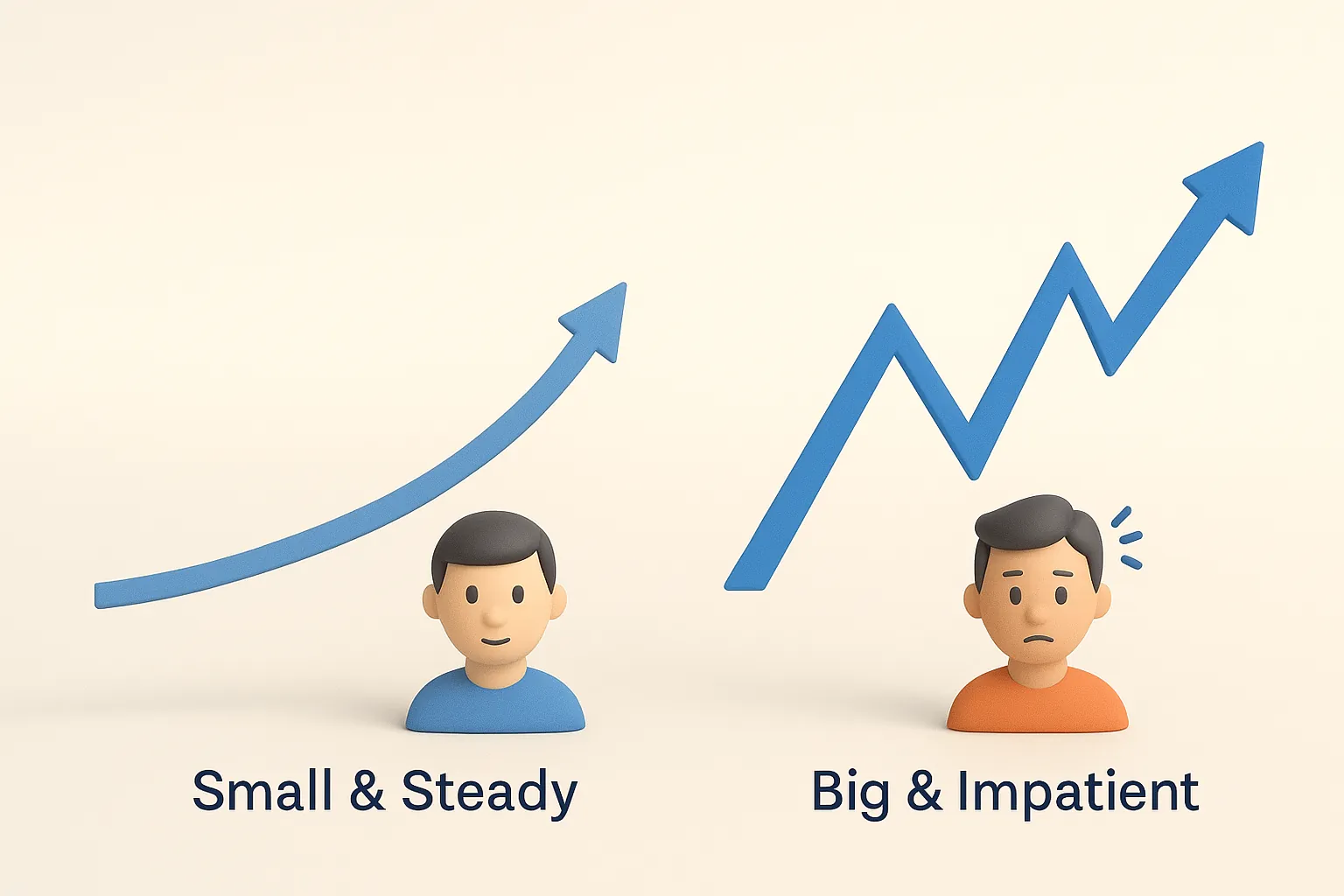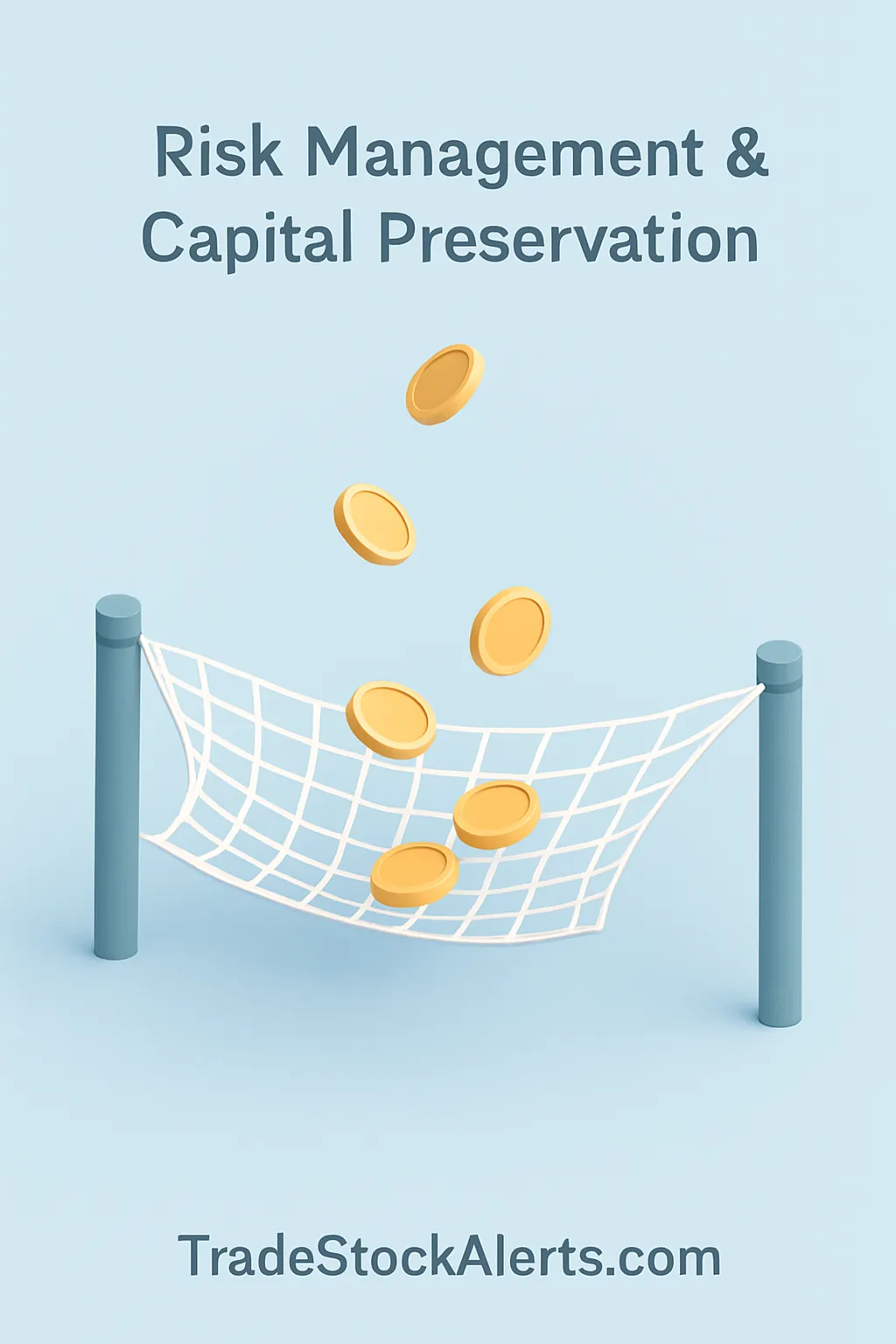Let’s cut through the noise: the amount you start with matters, but not the way most people think. A larger bankroll won’t fix a weak process; a smaller bankroll won’t limit a strong process. What does move the needle is how quickly you learn to control risk, compound gains, and avoid fees that quietly drain returns.
If you’re building a foundation, start with first principles. Our primer on market basics covers compounding, risk, and diversification in plain language — it’s a smart first stop before you allocate a single dollar: Fundamentals of Stock Market Investing:contentReference[oaicite:0]{index=0}. For a practical walkthrough of getting diversified with a small bankroll, see $1,000 Diversified Portfolio Walkthrough:contentReference[oaicite:1]{index=1}.
Inspiration “It’s not about having more money; it’s about having a better plan for the money you have.”
Compounding & Opportunity Cost (the silent drivers)
Even modest contributions compound into serious results if you remain consistent. A clear way to grasp this is to study the math of compound growth and how early contributions create an advantage that’s hard to catch later. The primer below gives you definitions, examples, and formulas you can apply today.
What “Enough” Really Means
“Enough” is the amount of capital you can put at risk without threatening your essentials (rent, food, emergency fund) and that still allows for basic diversification and a repeatable strategy. For many beginners, that can be a few hundred to a few thousand dollars. What matters is pairing that amount with a clear framework: risk limits, position sizing, and a process you can execute under pressure. If you’re new to reading price action and momentum, this piece helps set expectations on market movement and volume: How a Stock’s Volume Can Affect Its Price:contentReference[oaicite:2]{index=2}.
- Cheaper tuition: mistakes cost less while you learn.
- Forces discipline in entries, exits, and fees.
- Encourages building habits before scaling.
- Harder to diversify without fractional shares.
- Fees/commissions can be a higher % of capital.
- Slower compounding if contributions are infrequent.
From Concept to Action
Bring theory into practice with a rules-first approach. Revisit the basics of ownership to anchor your decisions: Owning Stocks Means Owning Businesses:contentReference[oaicite:3]{index=3}. When you’re ready to explore tactical alerts and trade ideas, this hub is a helpful next step: Swing Trading Alerts:contentReference[oaicite:4]{index=4}.
- Start with process, not a number: Risk limits and diversification come first.
- Let compounding do the heavy lifting: Small but consistent contributions win.
- Use your first dollars to learn cheaply: Build discipline before you scale.



